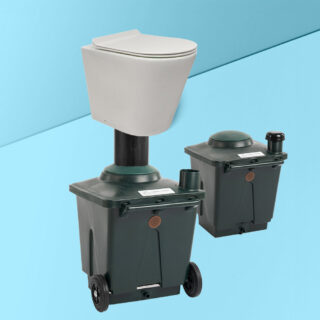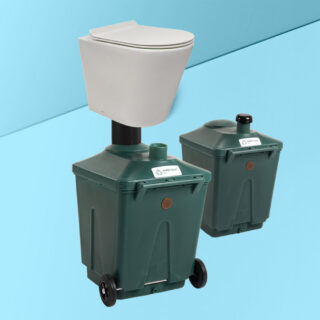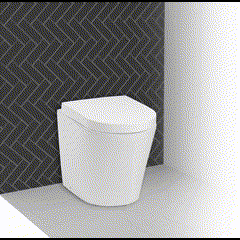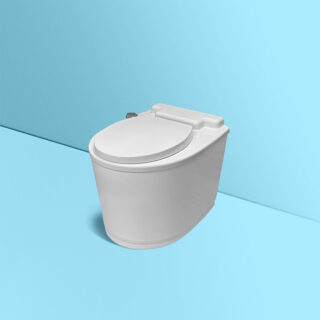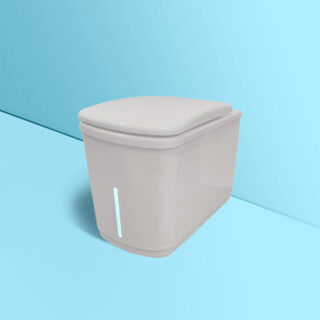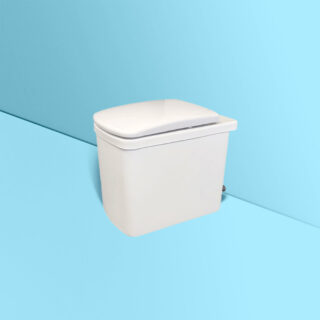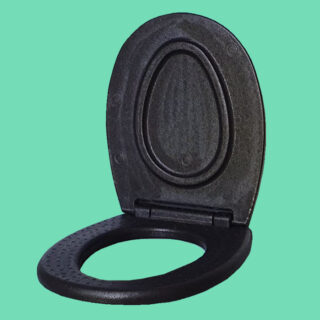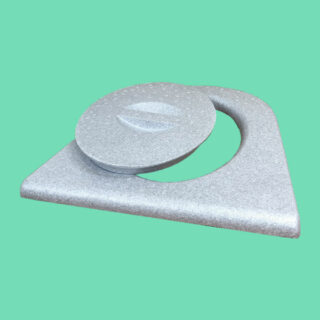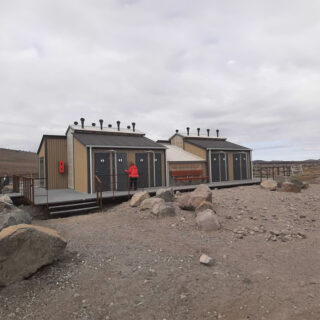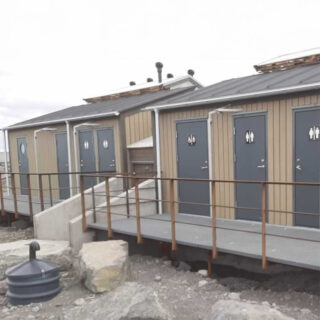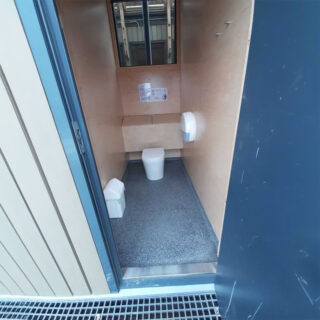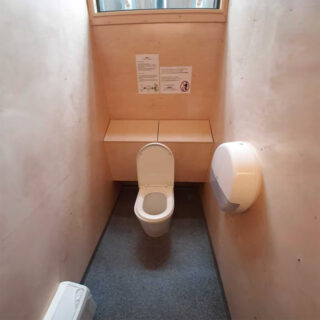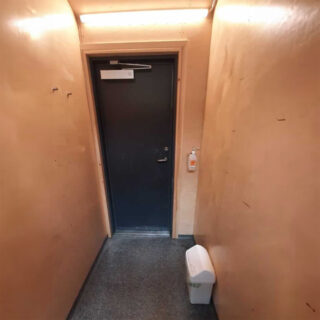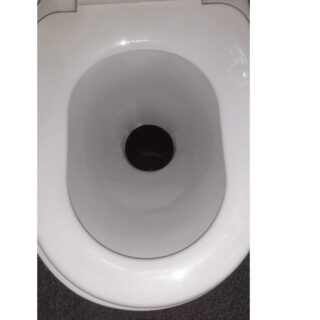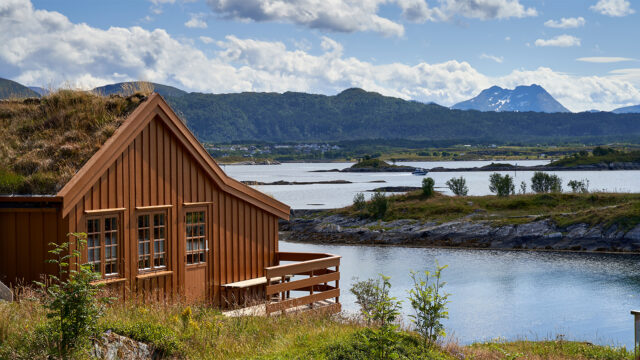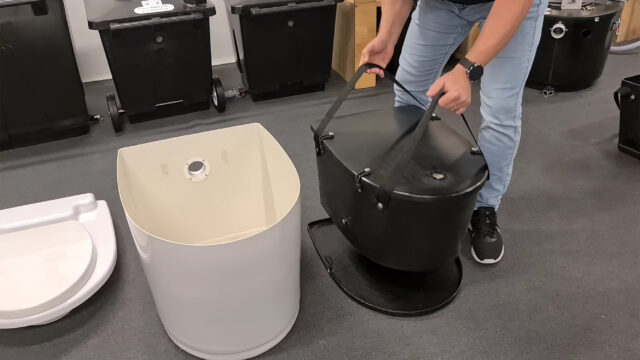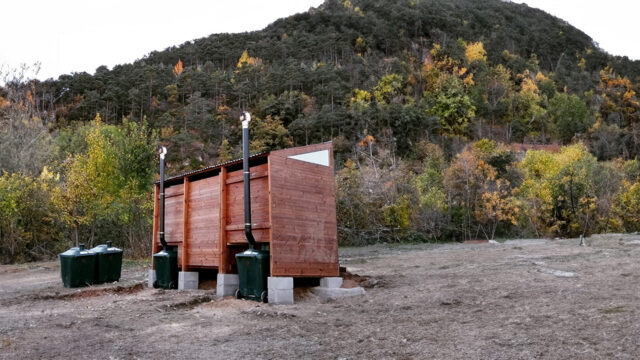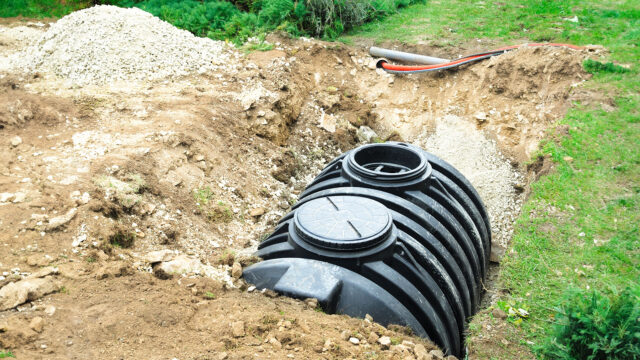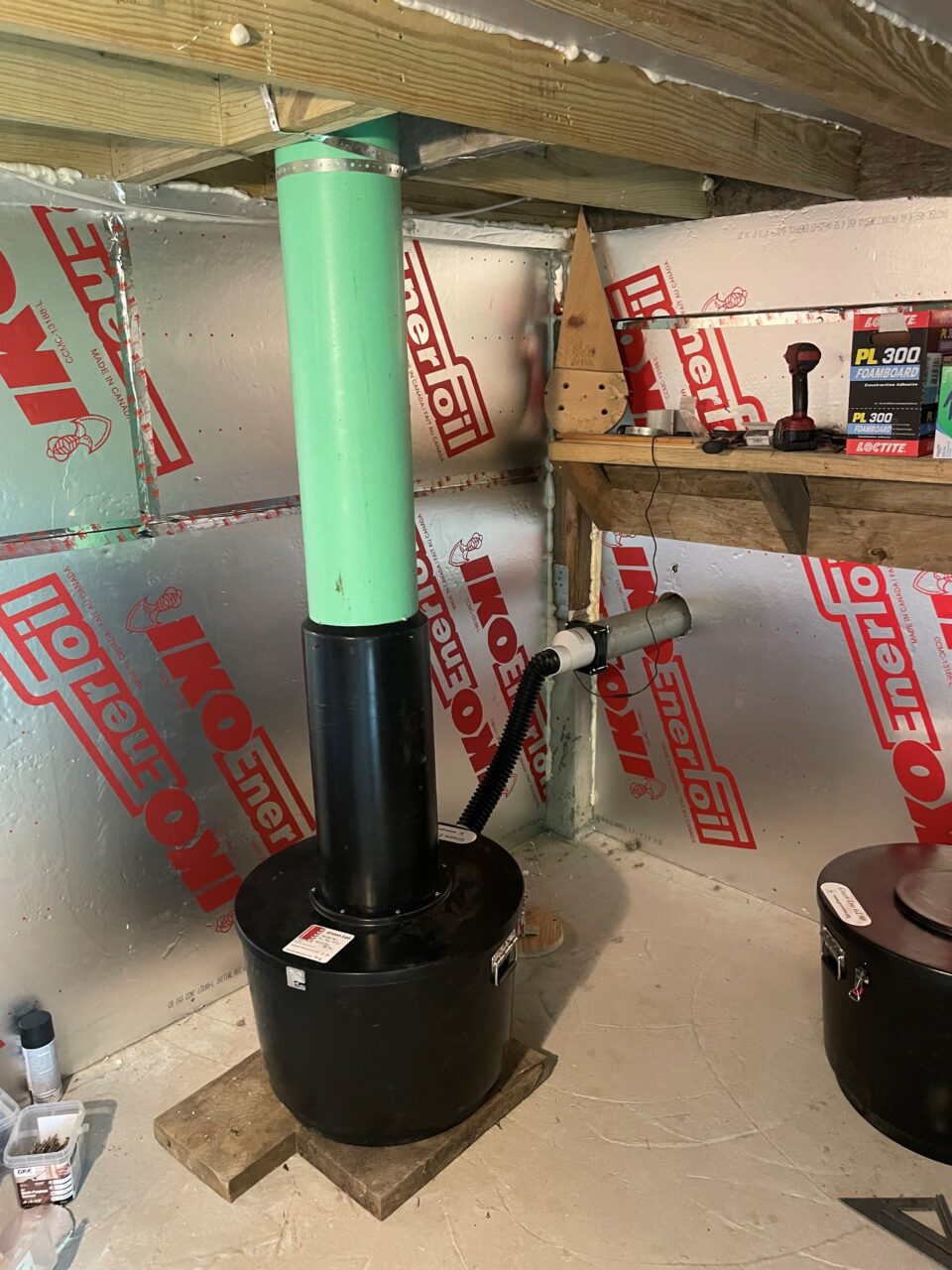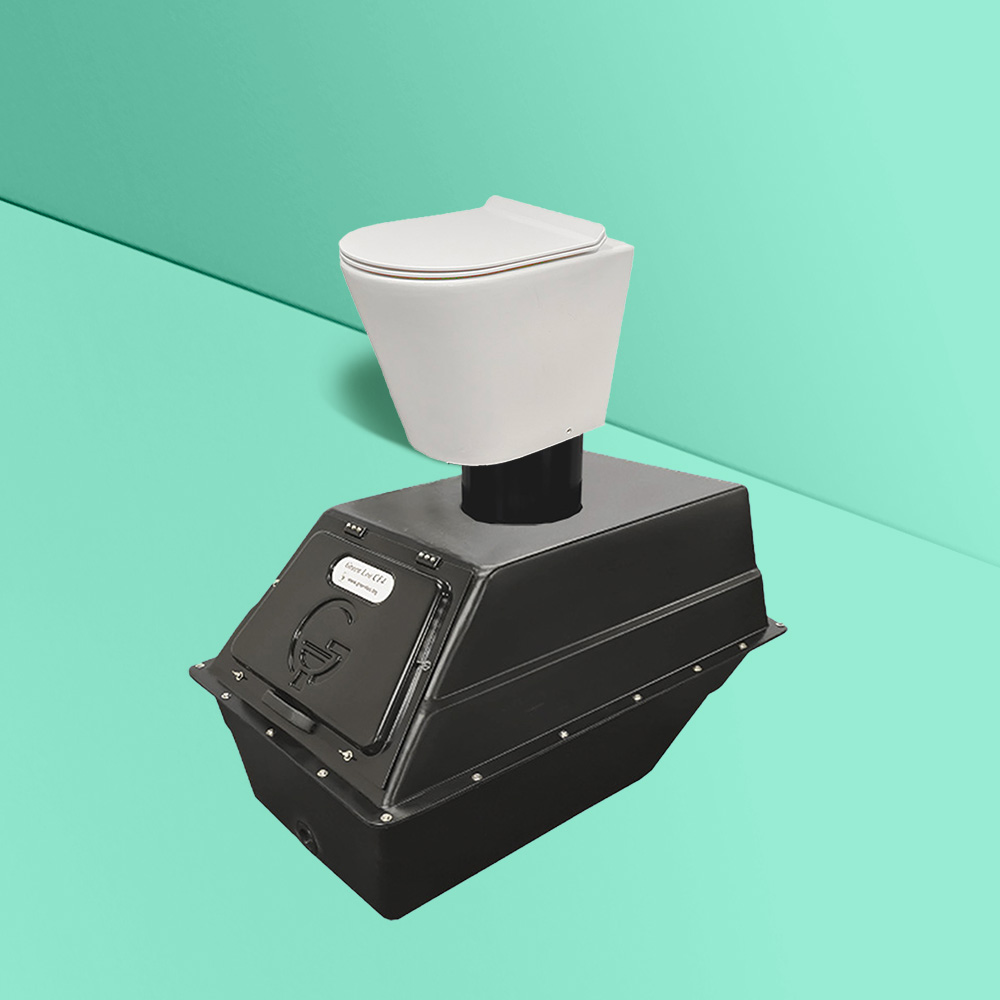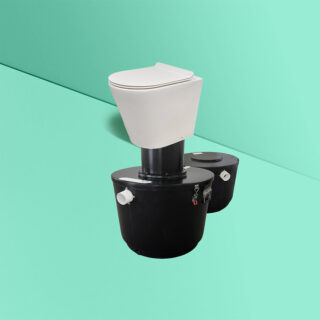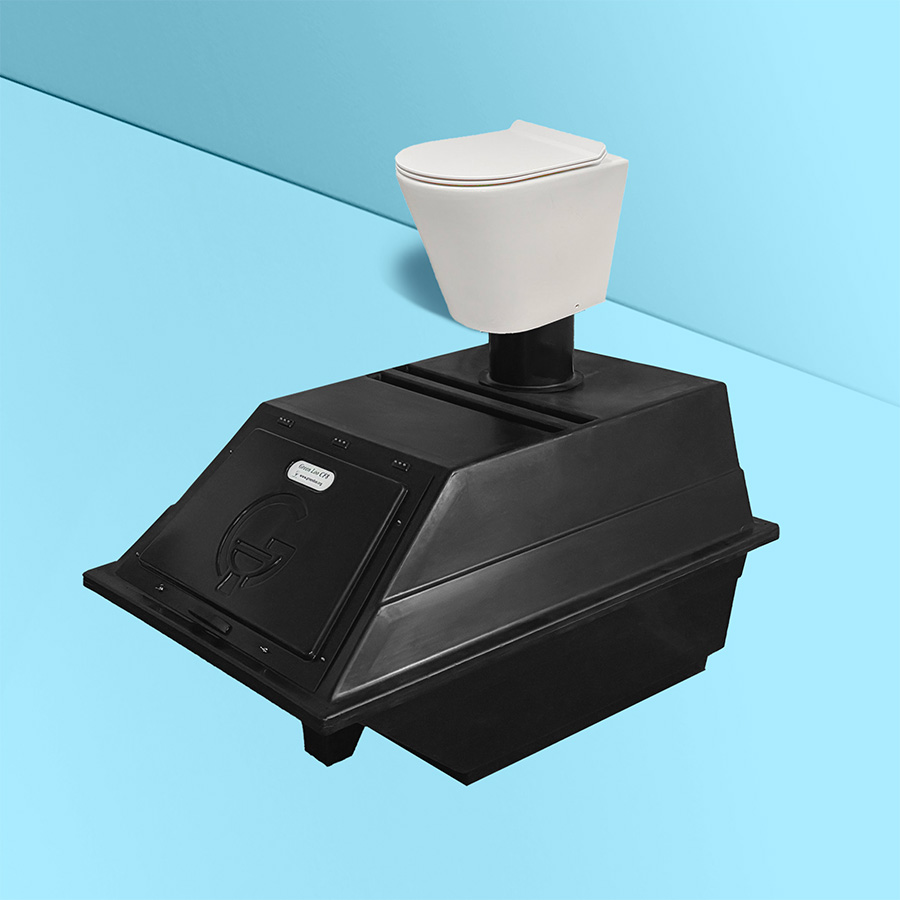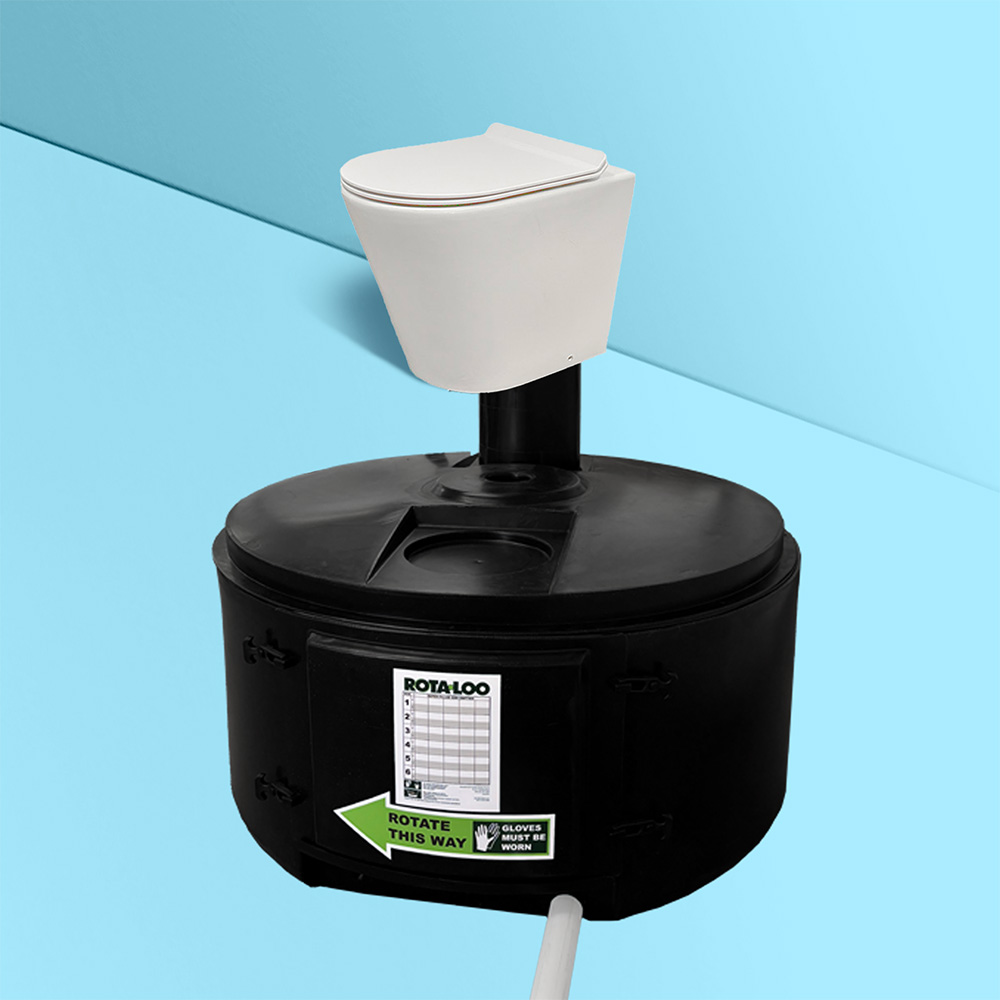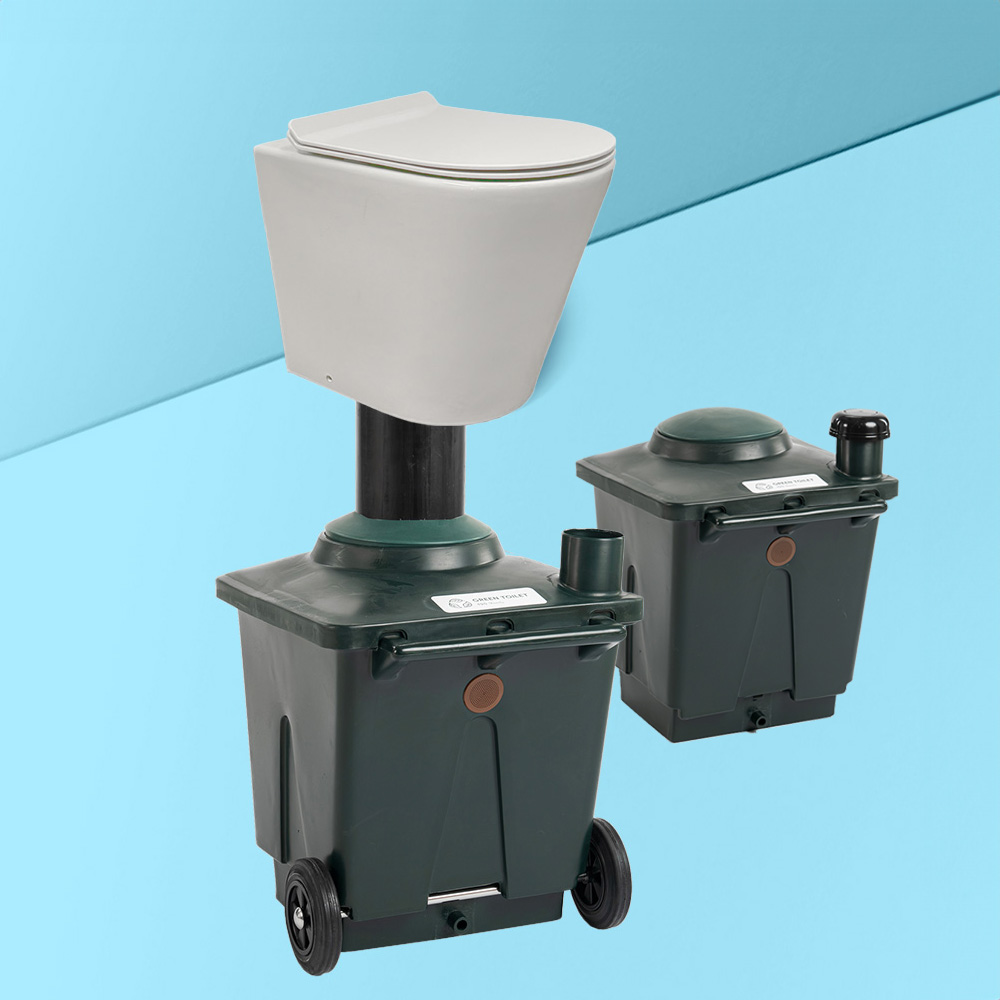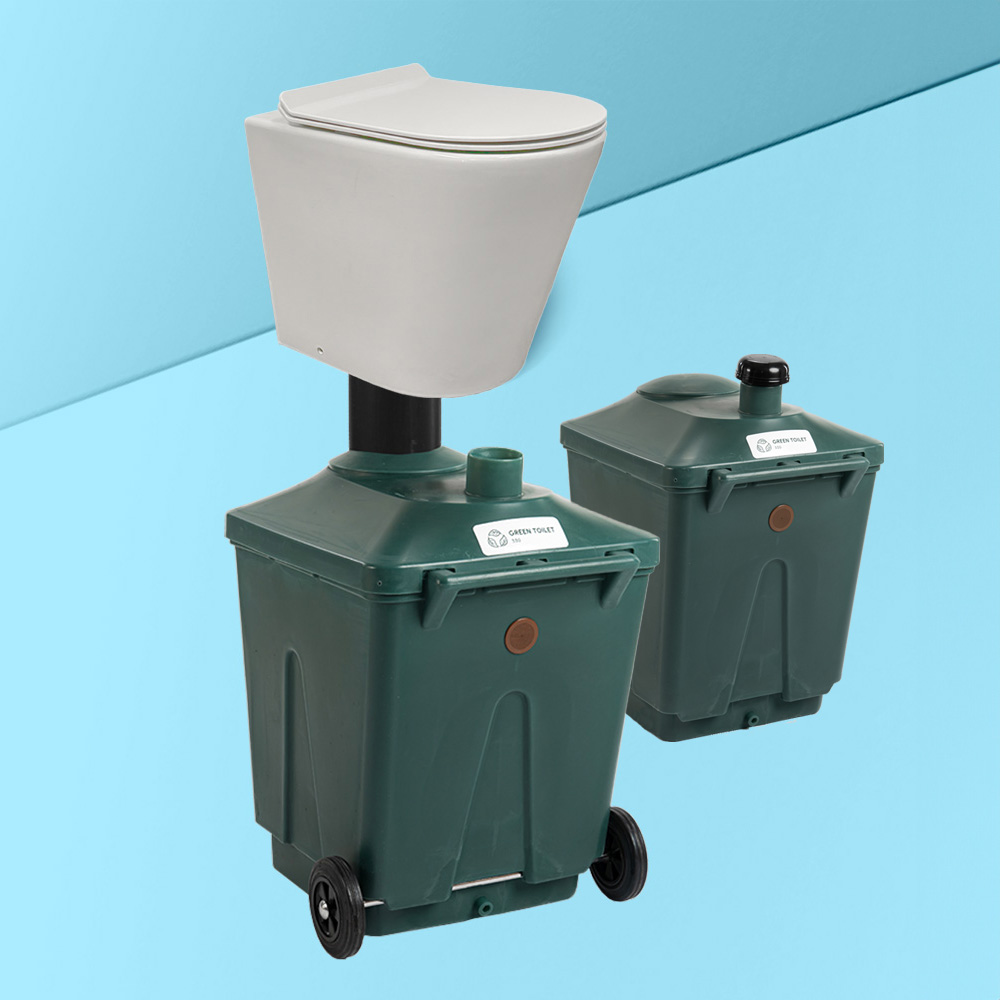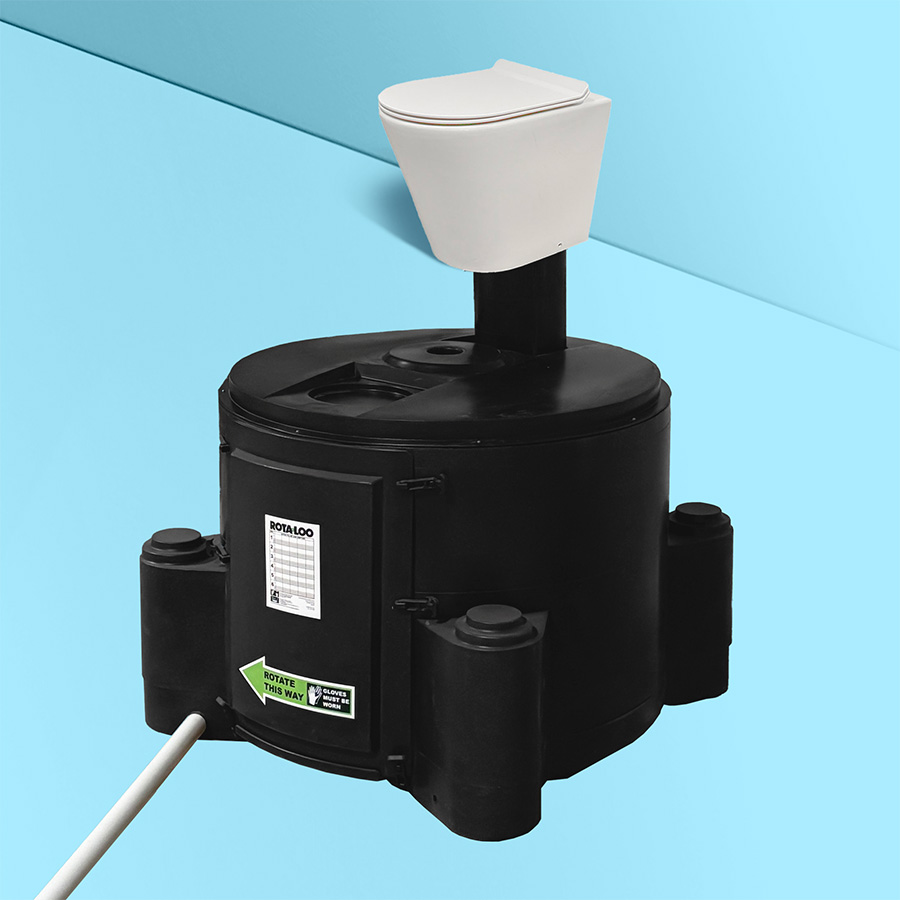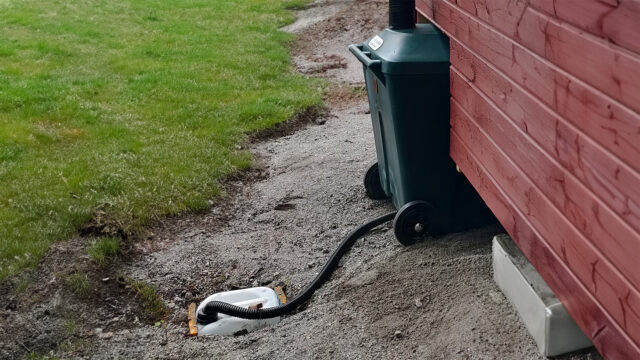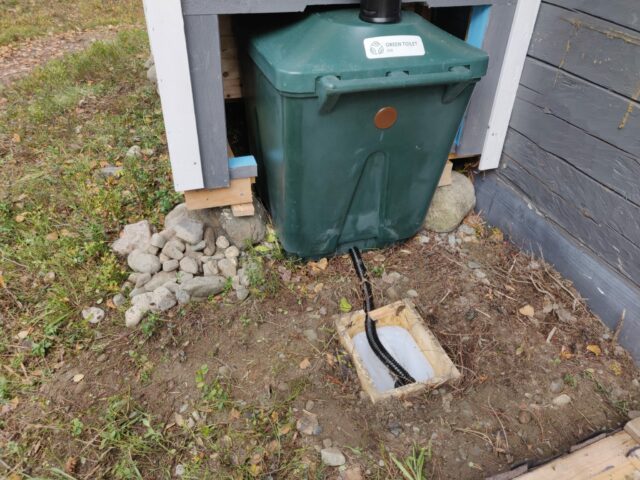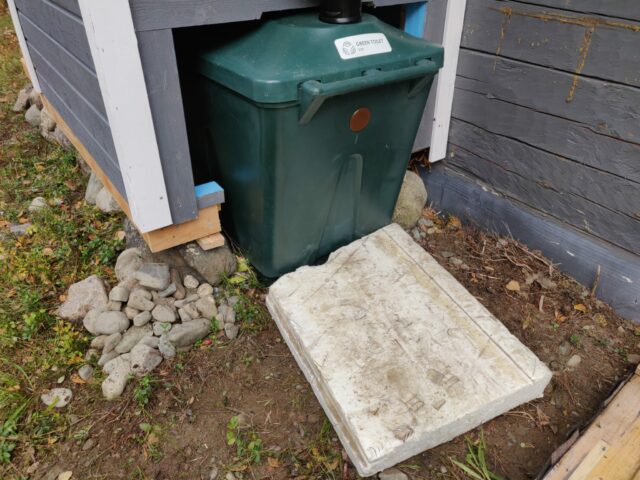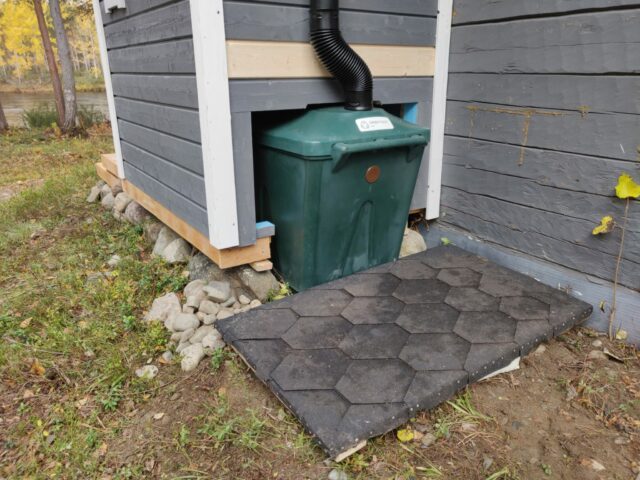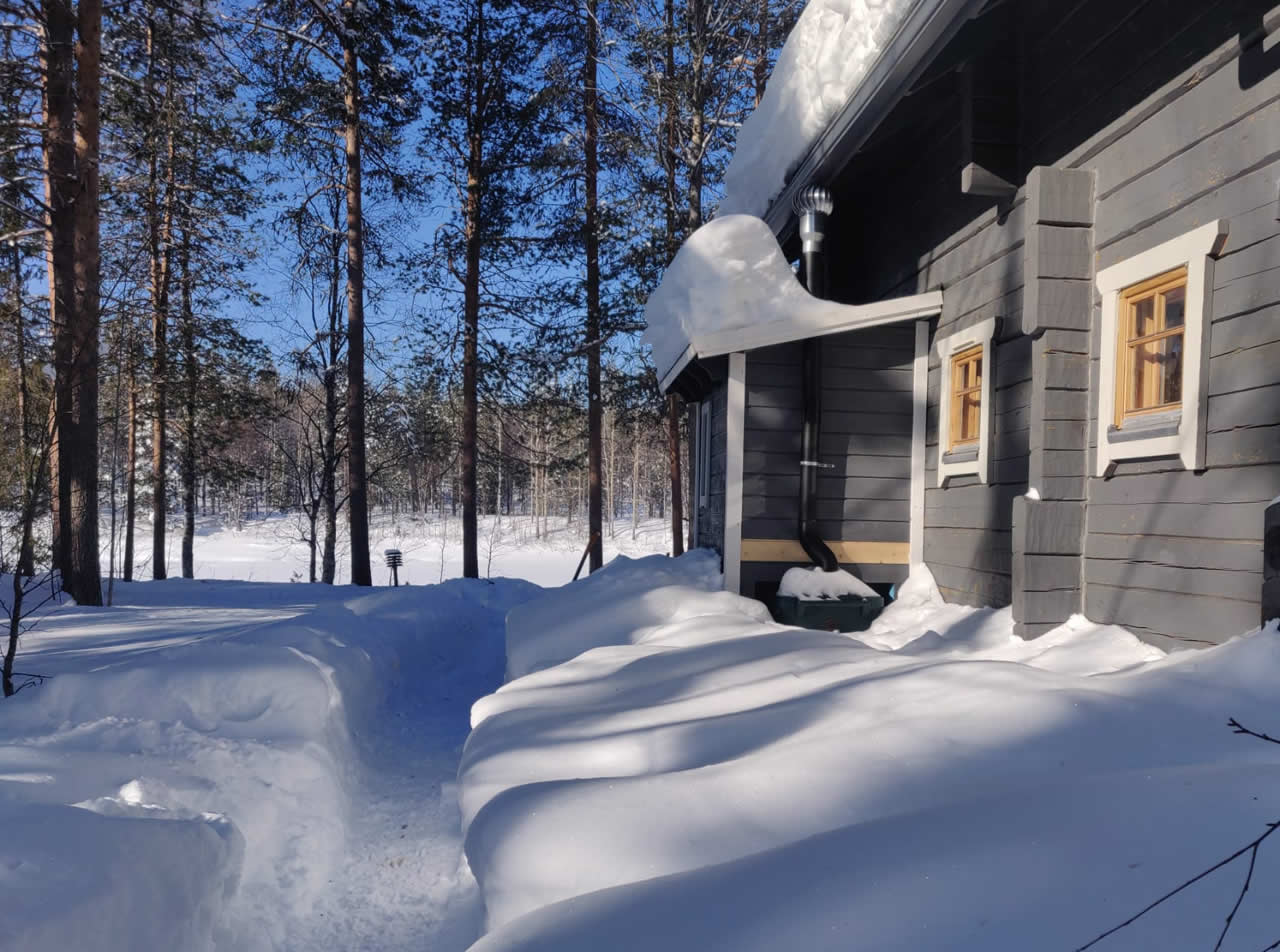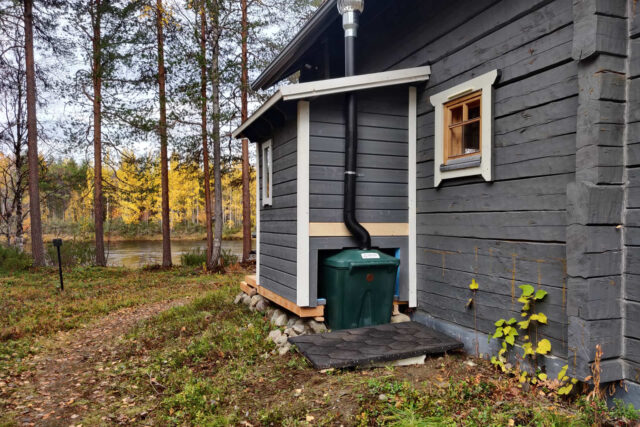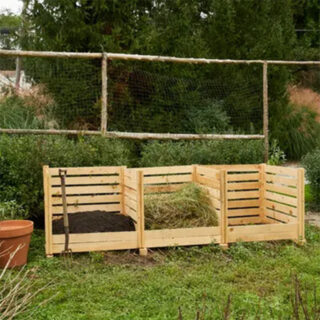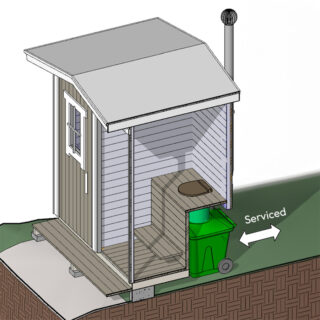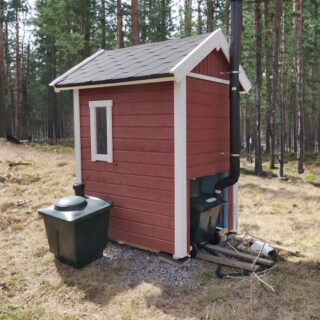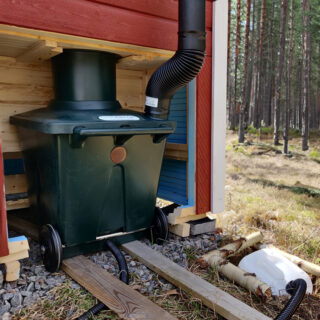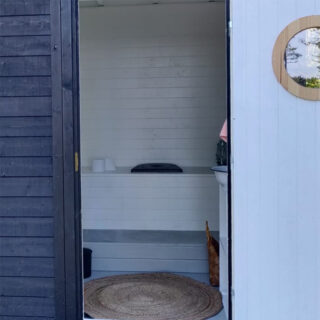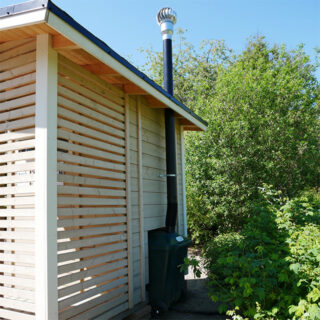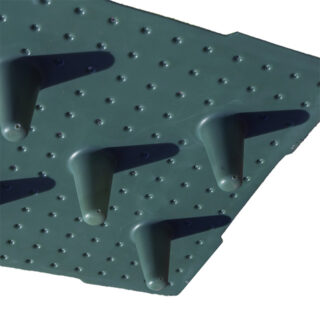Can Composting Toilets Work in Cold Climates?
A common concern about composting toilets is whether they function effectively in the chill of winter. The short answer is yes(!), they can. However, there are couple of considerations to keep in mind before installing a composting toilet in freezing conditions. In this article, we’ll explore these factors in detail to help you make an informed decision.
What is a composting toilet?
Before getting into the main topic of this article, let’s first define what is a composting toilet. A “composting toilet” or a “compost toilet” is a specific type of waterless toilet that initiates and manages the whole composting process within itself. These toilets are designed to break down waste through natural biological processes, converting it into reusable compost directly in the unit. By using aerobic bacteria and other microorganisms, composting toilets transform human waste into safe, usable compost.
Importantly, it should be noted that not all waterless toilets are composting toilets! For example there are a lot of urine-diverting waterless toilets, often miscategorized as “composting toilets”. For more information on this, please read this our other article: Composting Toilet vs. Compost Toilet
Challenges of Using Composting Toilets in Cold Weather
Composting toilets function based on the natural decomposition process, which is temperature-dependent. In colder climates, particularly when temperatures drop below 32°F, this process slows down or temporarily halts. While this doesn’t harm the system, it does extend the time required for waste to fully decompose and for pathogens to die off, which is necessary to produce safe and usable compost.
Another challenge in cold weather is the risk of freezing for systems that separate urine from solid waste. In freezing conditions, separated liquids may solidify within the system, potentially causing blockages or other operational disruptions. Understanding how these conditions can affect the system is important to ensure proper installation and planning for long-term use in colder environments.
Smart Solutions for Composting in Cold Climates
Having a composting toilet in a cold climate is not only possible but entirely practical with the right approach. Here are smart solutions that ensure a smooth experience, no matter how low the temperatures drop.
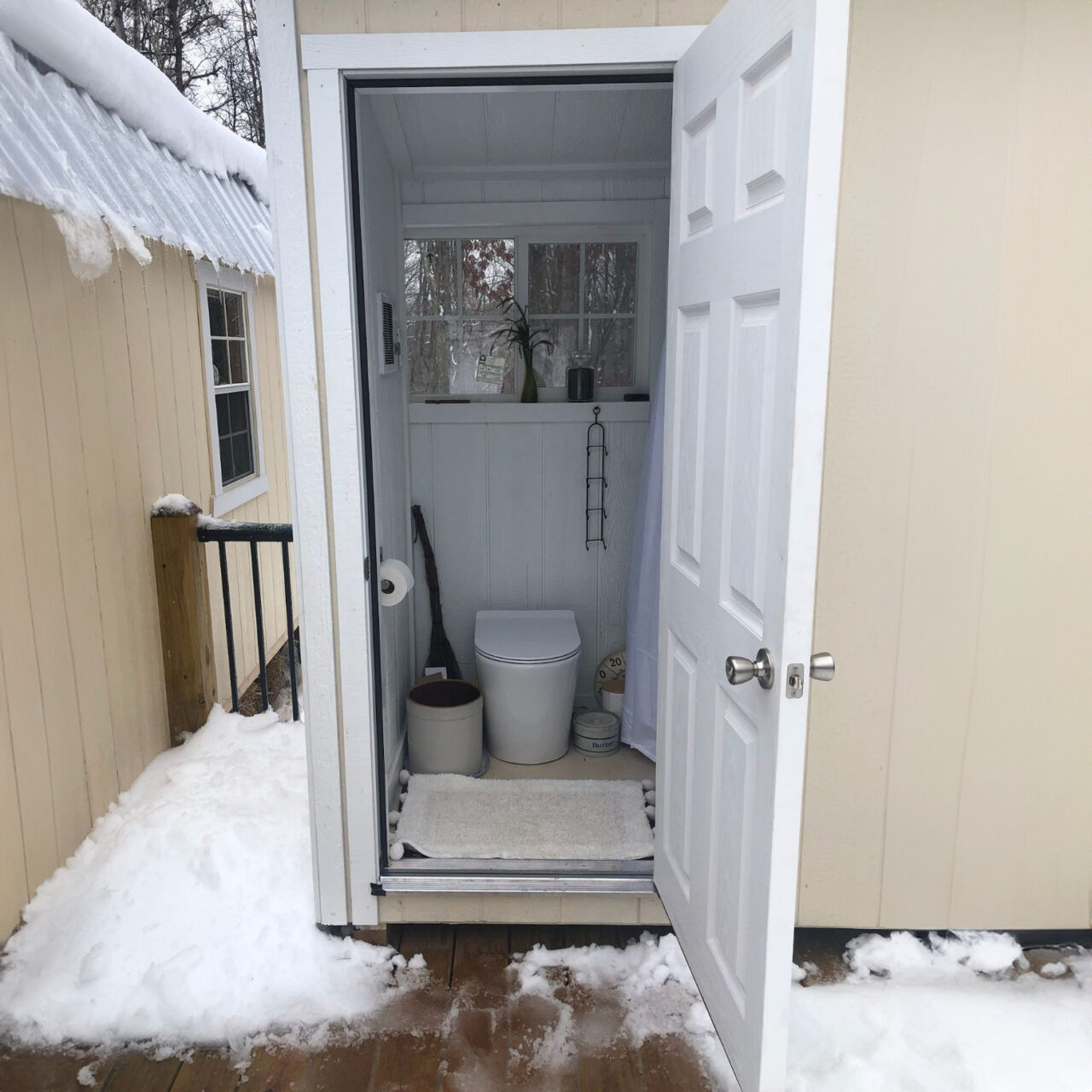
Batch Composting Toilets: No Winter Emptying Necessary
Green Toilet Lux composting toilets are particularly well-suited to withstand cold conditions.
One of the best options for cold climates is a batch composting toilet. These systems use interchangeable containers, making them incredibly flexible for year-round use. The key advantage is that solid waste does not need to be emptied during the coldest months of winter. Instead, the emptying process can be reserved for the warmer months of spring, summer, or fall, when composting resumes naturally.
Batch composting toilets also offer extendable capacity. If the compost in one container hasn’t fully matured by the time others are full, additional containers can be added to accommodate the waste. This is particularly helpful in colder climates, where the natural composting process may take longer due to lower temperatures. With these systems, you can maintain a clean, efficient setup throughout the year, regardless of the weather.
Indoor Installation of Self-Contained Units
Another approach is to install a self-contained composting toilet indoors. These models manage all waste within a single, floor-level unit, eliminating the need for a multi-level setup typical of split-system toilets. By keeping the unit indoors, the composting process is less affected by external temperatures. Self-contained units are particularly well-suited limited infrequent use for example in an off-grid cabin.
Adapting to Usage Levels
If your composting toilet will see year-round use in a cold region, planning for adequate capacity is essential. Systems with larger containers or multiple composting bins can handle greater amounts of waste and reduce the frequency of emptying. This ensures you don’t have to deal with maintenance during the coldest parts of winter, making the entire system more convenient for long-term use.
How Long Does the Composting Process Take?
A common question is how long it takes for solid waste to fully decompose and become safe for reuse in a garden or for non-edible plants. The answer depends heavily on the climate and the time of year when the toilet is serviced.
- In warm climates, such as the southern U.S., where temperatures may exceed 100°F, the composting process can be completed in as little as 3-4 months.
- In colder climates, the process takes longer, particularly if the waste is serviced during the colder months. For example:
- If a composting toilet is serviced in spring (e.g., March), the solid waste has the benefit of warm spring, summer, and early fall to mature. In this case, the compost may be ready by October, approximately 6 months later.
- However, if the service occurs in fall (e.g., October), the waste will endure cold winter temperatures, significantly slowing the composting process. In this scenario, the compost is unlikely to be ready in 6 months and may require a full 12 months or longer to fully decompose.
In general, it’s safe to assume that the composting process will take at least 12 months in colder climates, depending on the conditions and timing of the service. This highlights the importance of climate and timing when managing a composting toilet.
Enhanced Comfort with Thermal Seats
For added comfort in cold settings, we recommend the Thermal seat, designed to provide a warm seating surface regardless of ambient conditions. This feature is particularly beneficial in cold climates, making it an excellent accessory for any composting toilet.
Using External Power Sources and Insulation for High-Use Composting Toilets
For public composting toilets or other high-use systems, utilizing external power sources, such as frost protection cables, can be a practical solution to ensure reliable functionality in cold climates. These cables can provide consistent warmth to the composting container, preventing the waste from freezing and allowing the composting process to continue even during winter.
Additionally, insulating the composting container from the cold can prevent the compost from freezing. This allows the composting process to continue throughout the year, ensuring that waste decomposes more quickly, even in colder conditions.
For most private consumers—those with off-grid cabins, tiny homes, or similar residences—these measures are generally unnecessary. Composting toilets for personal use are often designed to function well without external power, making them ideal for off-grid living. Insulation, while helpful, is rarely essential for smaller systems in private use, as the batch or self-contained solutions mentioned earlier typically meet the needs of private households without added complexity.
By tailoring the approach to the specific use case, whether it’s a high-use public toilet or a private, off-grid home, you can ensure your composting toilet remains effective and convenient, no matter the climate.
Success Story: Composting Toilets in Iceland
Vatnajökull glacier in Iceland, renowned for its vast ice cap and as a major tourist attraction, now also features an innovative sanitation solution: the Green Toilet Lux composting toilets. Designed to operate completely off-grid, these toilets provide a sustainable alternative by functioning without water or electricity, which is crucial in such pristine and remote environments.
Initiated in 2019, this project involves the installation of 60 units across three key tourist locations, including 40 units at Vatnajökull glacier itself. Despite challenges posed by the Covid-19 pandemic, construction of the 13-toilet complex was completed in spring 2021, ready to serve between 200-500 visitors daily.
The toilets are designed with usability and maintenance in mind, featuring easy access for servicing and enough space to manage the composting units effectively. Inside, each unit includes a porcelain pedestal that resembles a traditional toilet but functions without flushing. Privacy and hygiene are maintained as all waste, including toilet paper, is contained within the composting unit, unseen by users.
Adding to the eco-friendly design, the toilets are equipped with solar-powered lighting and wind-powered ventilation systems, ensuring minimal environmental impact while maximizing comfort and functionality.
This successful implementation of Green Toilet Lux composting toilets at one of Iceland’s most visited natural sites demonstrates their viability in cold climates, offering an exemplary model of sustainable sanitation technology for similar environments worldwide.
Getting Started with Composting Toilet in Cold Regions
To get started with a new composting toilet used also during the coldest time of the year:
- Explore the many different waterless toilets we have to offer: All waterless toilets. Different models have different features, capacities and best-use cases. Please use the time to compare different models. Do not rush to make the choice and don’t judge the toilet merely by the outlooks of it.
- Consult us to get a personalized waterless toilet recommendation. We have been involved in making thousands of waterless toilets across the world. We know waterless toilets.
Fill the form and we will get back to you with a personalized recommendation!
In our natural business you will always get reply from natural, real human being.
Conclusion
Yes, composting toilets can indeed function effectively in cold climates. However, careful consideration is advised to ensure they operate smoothly. It’s essential to ensure adequate capacity, allowing for main service and maintenance to be conducted during the warmer months. Additionally, it’s important to verify that liquid waste flows freely to prevent blockages in colder temperatures.
There are several innovative solutions that facilitate the use of composting toilets in cold environments. One effective option is utilizing a batch composting toilet, which provides extendable capacity year-round. Other alternatives include installing self-contained, waterless toilets entirely indoors and incorporating thermal seats to enhance comfort.
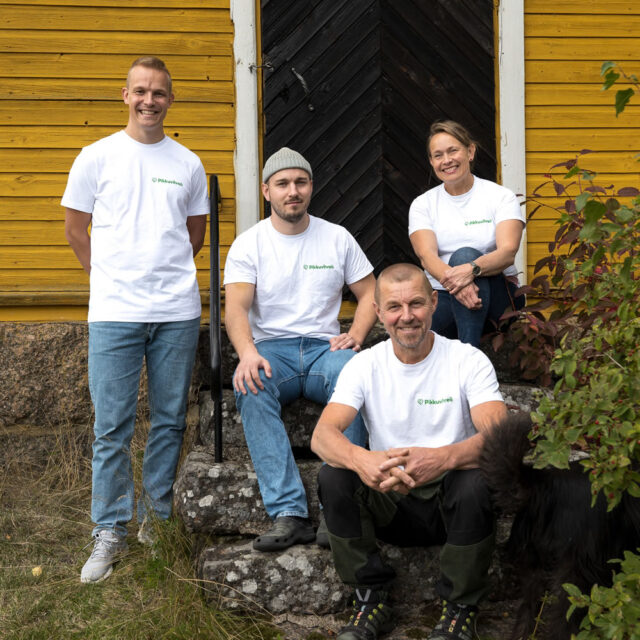
Who We Are
At Waterless Toilet Shop we are a dedicated team of dry toilet experts based in Henderson, Nevada. As a family-owned company with deep roots in Scandinavia and Australia, we bring a blend of global insights and local expertise to every product we create.
At Waterless Toilet Shop, we do more than just design and manufacture innovative composting toilets; we also use them daily. This hands-on experience allows us to continuously improve our products and ensure they meet the high standards of functionality and sustainability that our customers expect.
We are committed to living the eco-friendly principles we teach, making our solutions not just part of our business, but a part of our lives. Join us in embracing a more sustainable future, one flush at a time.
Read Our Story

